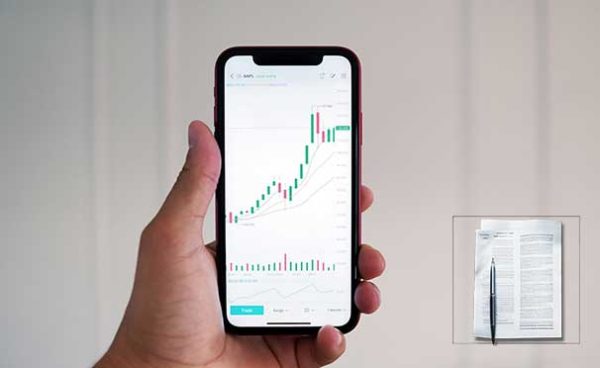Ethical Dilemma in the Automotive Industry
No Fee
| Case ID: | E-AI-20230716-1-V1 |
|---|---|
| License: | CC BY-NC-SA 4.0 |
| Pages | 2 pgs |
| Case Study Analysis | Not Included |
| Teaching Notes | Not Included |
| Ai Level | Content co-authored with the OpenAI API |
| Category(s) | Ethics: 9/10 |
Tremor Motors, a globally recognized electric vehicle manufacturing company, is caught in a major ethical quandary due to the unethical labor practices of its primary battery supplier, VoltEnergy. After investigative journalism exposed VoltEnergy’s exploitation of its workforce, including unfair wages and forced labor, there is mounting pressure on Tremor to discontinue its partnership with VoltEnergy. This decision is challenging for Tremor’s CEO, Angela Brentwood, as VoltEnergy is critical to the company’s vehicle performance and production, and ending this partnership could lead to substantial financial losses and production delays. Nonetheless, maintaining the partnership could harm Tremor’s reputation and contradict its commitment to corporate social responsibility. The decision Brentwood makes will not only shape the future of Tremor Motors but could also influence the broader automotive industry’s approach to ethical dilemmas.
Course Categories:
- Ethics: 9/10 - The case fundamentally revolves around an ethical dilemma faced by a CEO in dealing with a key supplier known to exploit its workforce. It serves as a good example to illustrate the application of ethical theories in business decision-making.
- Strategy: 8/10 - It involves the strategic decision of continuing or terminating a partnership that could affect the company's long-term profitability and reputation.
- General Management: 7/10 - This case requires an understanding of various managerial aspects like supplier management, risk management, and crisis management.
- Leadership: 7/10 - CEO Angela Brentwood's decision-making and leadership skills are tested in this crisis.
- Sustainability: 6/10 - While not explicitly stated, the case touches on social sustainability issues, particularly fair labor practices and corporate social responsibility.
Weaknesses of this Case Structure:
- Lack of Quantitative Data: Although some financial information is provided, the case lacks more detailed quantitative data that could enhance the decision-making analysis, such as exact potential losses from severing ties with VoltEnergy, or specific investment needed to onboard a new supplier.
- Limited Stakeholder Perspectives: The case predominantly focuses on Angela Brentwood's perspective. Including viewpoints of other stakeholders (employees, customers, shareholders) could make the case more multidimensional.
- Scenario Development: The case does not delve into potential outcomes of the decision. By including this, students could explore the real-world implications of different strategic choices.
- Narrative Depth: The storytelling could be improved by giving more background information about the company, the CEO, or the supplier to build a more engaging and relatable narrative.
Strengths of this Case:
- Real-world Relevance: The case is topical, drawing on current issues around ethical supply chain management and labor exploitation, making it a relevant teaching tool.
- Decision-making Focus: The case is strongly centered around a significant strategic decision, which encourages critical thinking and problem-solving skills.
- Ethical Complexity: The case introduces a dilemma where both options have considerable drawbacks, which helps to illuminate the complexities of ethical decision-making in business.
- Scope for Debate: The case allows for multiple valid viewpoints, which can stimulate engaging discussions in a classroom setting.
In conclusion, the case study can be a valuable teaching tool in various courses, particularly those focused on ethics, strategy, and leadership. However, it could be strengthened by including more quantitative data, a broader range of perspectives, and richer narrative detail. Despite these weaknesses, its strengths in relevance, focus on decision-making, ethical complexity, and debatability make it a worthy case for classroom analysis.





